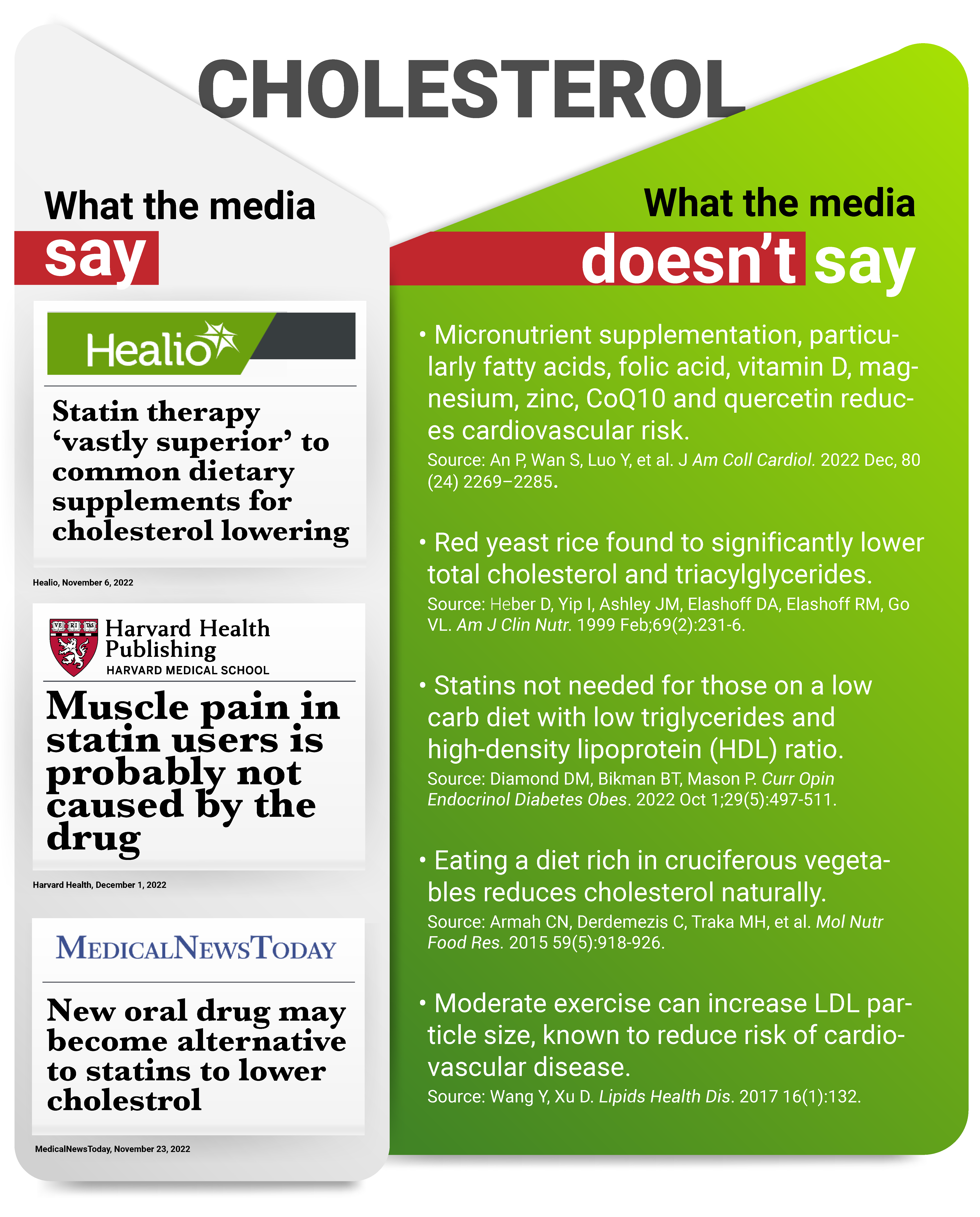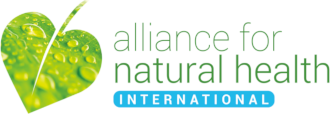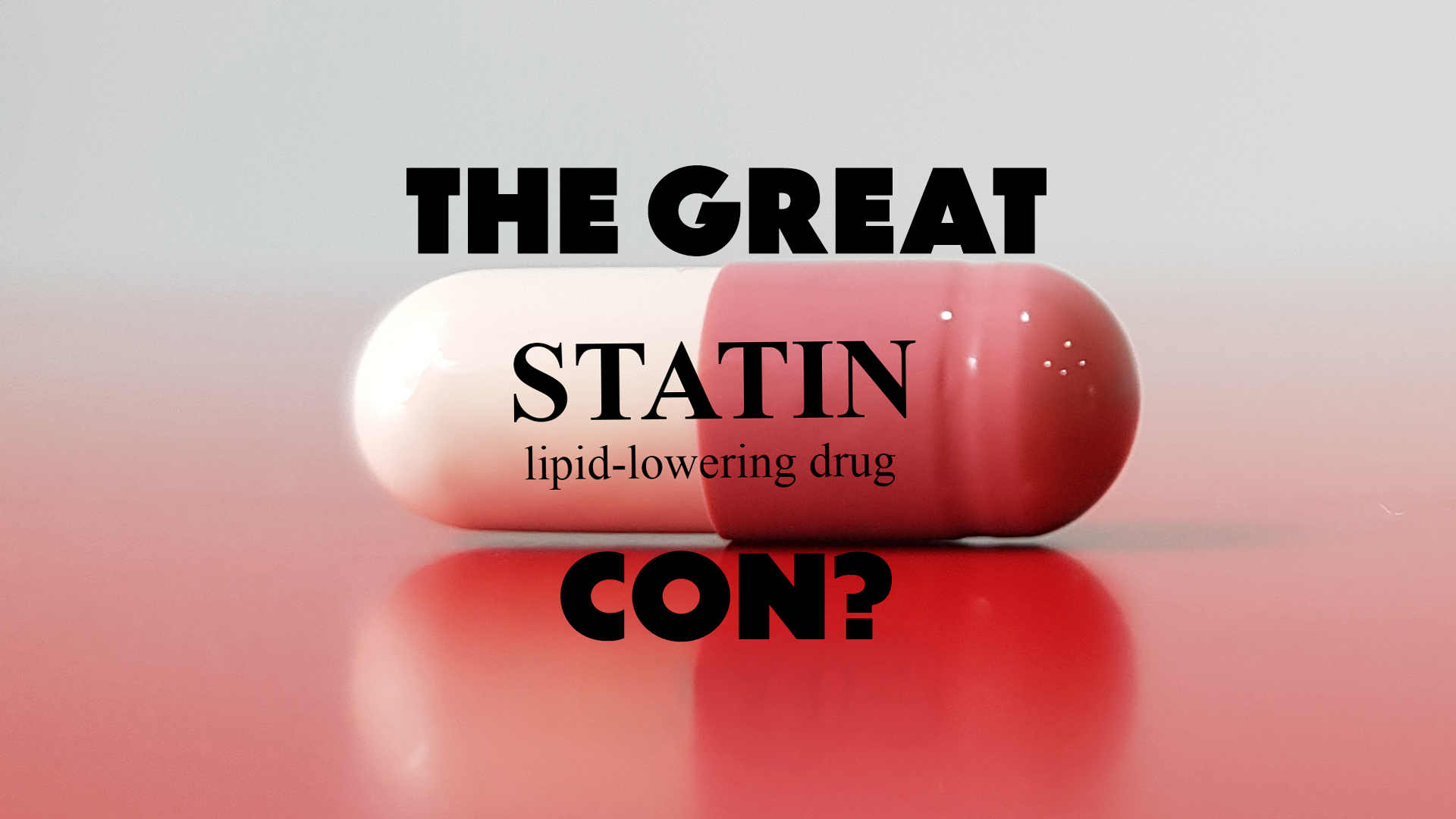Content Sections
By Chimnonso Onyekwelu, Meleni Aldridge and Dr Ron Hoffman
Are you or any of your loved ones taking statins? Are you confused by conflicting reports and views on statins?
For decades, we’ve been told that lowering cholesterol is the key to preventing heart disease—but is it true? Despite widespread statin use, heart disease remains the leading global killer. New research challenges the cholesterol hypothesis, revealing that statins may not be the magic bullet they’re claimed to be. With billions at stake, are we prioritising profits over patient health? In this article we take a closer look at the science behind statins, the risks, and the overlooked natural strategies that truly support heart health.
Statins – a multi-billion-dollar industry
Since 2000, cardiovascular diseases (CVD) have remained the leading cause of death globally, accounting for 13% of all deaths. In 1987, cholesterol-lowering statins were approved as a breakthrough treatment, promising to reduce total cholesterol (TC) levels and lower the risk of heart attacks and strokes. Early trials, such as the widely cited 1994 Scandinavian study, reported a 30% reduction in mortality for CVD patients, leading to a widespread adoption. With this, a multi-billion-dollar industry was born, with the 2024 fiscal year alone reporting over $15 billion in profit.
For nearly two decades, statins were accepted as a safe and effective solution for CVD. However, in 2004-2005, new regulations in the US (here and here) and Europe (and here) mandated full disclosure of clinical trial data, allowing independent researchers to analyse statins’ primary data and trial results. Since then, several studies have revealed that statins’ benefits were exaggerated and that contrary to the cholesterol hypothesis, there was no link between low cholesterol level and low risk of CVD. Rather, overly low cholesterols have been linked to higher risks of cancer, diabetes (here, here and here) and other health issues (here, here and here).
Primary treatment despite revised guidelines
It's worth keeping in mind that people who haven't been treated for high cholesterol, having low cholesterol levels, might sometimes be a result of an underlying health problem, not the cause of it. For example, they could be sick or have liver or digestive issues that increase their risk of dying. However, most research suggests that this does not apply to healthy people who intentionally lower their cholesterol levels.
Despite these findings, conventional clinical guidelines remain largely unchanged. Statins continue to be the primary treatment for preventing and managing CVD actively pushed onto the over 50s whether their cholesterol is high or not. While the ‘ideal’ cholesterol level is constantly revised downward helpfully expanding the pool of people eligible for these drugs. This raises serious concerns about unnecessary medical treatment, the pharmaceutical industry’s influence on healthcare, and the role of evidence-based medicine in clinical decision-making.
In the US, guidelines were made more lenient in 2024, potentially exempting millions from eligibility for statins. But doctors may ignore these guidelines and still over zealously prescribe statins. For example, it’s been found that coronary artery imaging, with the CAC scan, can reveal who’s really at risk. Many prescribed statins have zero coronary plaque making heart disease unlikely, meaning around 17 million Americans on statins could be deprescribed – but will they? As further evidence that health requires a deeply personalised and individualised approach, many people with high levels of low-density lipoprotein (LDL)—the current indication for statin treatment—have zero or minimal CAC scores; conversely, some with “normal” LDL are found to have significant plaque. However, let’s not forget that there are many very effective ways of removing plaque naturally without statin use.
Unpacking the cholesterol myth
The cholesterol hypothesis claims that high levels of low-density lipoprotein (LDL), often labeled ‘bad cholesterol’, causes arterial blockage, increasing the risk of heart attacks and strokes. Since cholesterol is present in arterial plaques, reducing it through statins is believed to prevent heart diseases and related deaths. But does high cholesterol truly increase the risk of CVD mortality? Many studies suggest otherwise.
>>> The Great Cholesterol Myth: Why lowering cholesterol won’t prevent heart disease and the statin-free plan that will by Jonny Bowden PhD and Dr Steven Sinatra is an excellent read.
A meta-analysis of 19 cohort studies, involving over 68,000 elderly individuals, found that those with the highest LDL cholesterol levels lived longer than those on cholesterol-lowering treatment (here and here). Similarly, a 15-year study of 100,000 healthy adults showed that people with the lowest cholesterol levels were more frequently hospitalised for infections, underlining cholesterol’s key role in immune function. Another review of nearly 70,000 individuals found no association between LDL and the premature cardiovascular deaths in those over 60. In fact, 80% of participants with higher LDL had lower overall mortality, and in women, high LDL was not linked to heart disease risk at any age (here and here).
Despite widespread recommendations to lower cholesterol through diet or medication, research does not support its benefits for longevity. A review of 72 dietary studies found no reduction in cardiovascular mortality from cutting saturated fats. Likewise, while vitamin B3, niacin, and drugs like fibrates lower cholesterol, studies show they do not reduce heart disease deaths (here, here, here and here).
>>> Also highly recommended is Fat and Cholesterol Don't Cause Heart Attacks and Statins are Not The Solution by Dr Paul Rosch, Zoë Harcombe PhD, Dr Malcolm Kendrick and others.
To defend the cholesterol hypothesis, its supporters often misrepresented studies and ignored contradictory findings. For instance, the Framingham Heart Study found that each 1 mg/dL drop in total cholesterol (TC) per year was linked to an 11% increase in coronary and total mortality. Yet, a later report from the American Heart Association and the National Heart, Lung, and Blood Institute falsely claimed that lowering TC by 1% reduces heart disease risk by 2%, misrepresenting the Framingham data.
Similarly, studies favouring cholesterol-lowering treatments have selectively cited evidence, inflating weak findings while ignoring studies with negative results. In three major reviews supporting the hypothesis, only 2 out of 12 studies with contradictory findings were quoted accurately, favourable results were inflated, and unsupportive results were cited as if they were supportive. Additionally, statin trials often rely on misleading combined clinical endpoints—grouping minor issues like hospital admissions with major events like fatal heart attacks—while total mortality data shows no significant benefit (here and here). These distortions continue despite growing evidence that cholesterol may not be the key driver of heart disease.
The worst part is that all the hype on statins offers false reassurance of risk reduction for CVD, when other risk factors, such as overweight, metabolic syndrome, high levels of lipoprotein A, homocysteine, inflammation and lifestyle factors are not adequately addressed, or worse, ignored.

Do statins really deliver?
In an acute situation, statins can reduce recurrent heart attacks and strokes in high-risk CVD patients. Other studies show that moderate doses of statins can lower LDL levels by 20- 40%, with reductions in cardiovascular events within two years. Further studies support statin use for secondary prevention, meaning they help individuals who already have CVD avoid further complications (here, here and here).
However, a more critical question is whether statins reduce overall mortality. Several studies indicate that while statins successfully lower cholesterol, they do not lower death rates, even in high-risk individuals. A major review by the Cholesterol Treatment Trialists (CTT) analysed 27 statin trials and found that although statins reduced cardiovascular events, they had no significant impact in overall mortality. This finding remained consistent in several studies for both high-risk and low-risk individuals (here and here).
If statins don’t prolong life, do they at least improve quality of life? Unfortunately, evidence suggests they may do the opposite. Many statin users experience muscle pain, fatigue/dizziness, sudden hearing loss, gastrointestinal distress, depression and memory loss (here and here). Less obvious but serious side effects include type 2 diabetes, cancer, congestive heart failure, cataracts, kidney injury or liver failure. These risks aren’t surprising giving that cholesterol is essential for cell repair, hormone production, brain and immune function. Since statins work by blocking cholesterol production, they also interfere with the creation of other vital molecules, explaining the health issues associated with their long-term use.
These side effects are real, but sadly too often discounted by doctors. Especially concerning is the increased incidence of elevated blood sugar, especially in women, for which they earned a warning.
The statin dragnet widens
Beyond these concerns, an even bigger issue is the ever-growing pool of people deemed eligible for statins, despite the change in guidelines in the US last year. This expansion is largely driven by the continuous lowering of the ‘ideal’ LDL cholesterol level. In 1987, only 8% of people met the criteria for statin use under the European Society of Cardiology/European Atherosclerosis Society (ESC/EAS) guidelines. By 2016, this figure had skyrocketed to 61%—a staggering 663% increase due to changes in treatment thresholds.
Much of this increase stems from the growing use of statins as primary prevention for individuals without diagnosed CVD. Physicians often rely on risk calculators, such as the one produced by the American Heart Association, to predict a patient’s likelihood of a heart attack or stroke based on age, cholesterol level, blood pressure and smoking status. However, a 2016 study by Kaiser Permanente found this tool to overestimate cardiovascular risk by up to 500%. These calculators also don’t capture the full picture with regard to fitness levels, body fat percentage to lean body mass ratios, blood sugar handling, metabolic state, stress management, sleep, nutrition etc. Despite these vast inaccuracies, the calculator remains in use, pushing more people toward unnecessary statin prescriptions.
A call for truth and balance
For decades, we’ve been sold the "lower is better" cholesterol mantra. This belief, rooted in the cholesterol hypothesis, has proven flawed and inconsistent, as research has failed to establish a link between high cholesterol and CVD. While statins are beneficial for high-risk individuals where the benefits outweigh the risks, their use for primary prevention in low or moderate risk individuals has shown little to no benefit. Despite this, statin prescriptions continue to rise, putting profits over patients and highlighting the vice-like grip of pharmaceutical industry influence over conventional medicine.
Beating heart disease isn’t just about statins. Proven, safer strategies—exercise, fresh air and nature time, a healthy diet, targeted nutrition and lifestyle modification strategies, quitting smoking, and anti-inflammatory foods—can cut risks without the side effects. Yet, medicine clings to outdated, pharma-driven models. It’s time for healthcare to focus on real prevention, not just symptom suppression.
Read more from the ANH archives about statins, their risk and how we can change our health naturally.
>>> The deadly price of denial: from statins to low carb
>>> Is news on the statin-beating, cholesterol-lowering jab too good to be true?
>>> Time to demonise low fat instead of sat fat?
>>> Ten things you should know BEFORE taking statins
>>> If you’re not already signed up for the ANH International weekly newsletter, sign up for free now using the SUBSCRIBE button at the top of our website – or better still – become a Pathfinder member and join the ANH-Intl tribe to enjoy benefits unique to our members.
>> Feel free to republish - just follow our Alliance for Natural Health International Re-publishing Guidelines
>>> Return to ANH International homepage








Comments
your voice counts
There are currently no comments on this post.
Your voice counts
We welcome your comments and are very interested in your point of view, but we ask that you keep them relevant to the article, that they be civil and without commercial links. All comments are moderated prior to being published. We reserve the right to edit or not publish comments that we consider abusive or offensive.
There is extra content here from a third party provider. You will be unable to see this content unless you agree to allow Content Cookies. Cookie Preferences